Exhibition and Gallery Talk at Ohio Wesleyan University
Fred Marsh, winner of a Guggenheim Fellowship in 2008 for his photographic work, is exhibiting 8 of his large photographs from his series TRANSITIONS: THE DRESDEN PROJECT at Gallery 2001 in Beeghley Library of Ohio Wesleyan University. The artist will give a gallery talk on Wednesday, February 16, at 4:15.
Artist’s Statement
TRANSITIONS: THE DRESDEN PROJECT
During a three-month artist residency in Dresden, Germany in 2002 and over the next 4 subsequent summers, I explored the city and its outskirts, finding myself increasingly drawn towards photographing empty structures overlooked in the rebuilding, reconstruction, and renewal process still underway. Encountered during these many extended walks throughout the now familiar city, my efforts concentrated on photographing the detritus of human culture discovered in the decaying interior spaces of vacant factories, abandoned apartments, and hotel rooms. The Dresden Project demonstrates the juxtapositions and ironies still abundant in the post-Socialist world, showing the old and the new as well as the grandeur and the decay of these once-majestic buildings.
Concerned with cross-disciplinary issues of aesthetics, contemporary history, cultural & political geography, this long-term photographic project is my most mature and overarching. Combining a sense of Post-romanticism with traces of the remains of the Russians, the East German military-industrial complex in the uninhabited Wilhelminian buildings left behind, the Dresden photographs convey a mixture of melancholy and beauty, even tenderness, without sentimentality. I felt on the front edge of recording history as I documented these scenes of anonymous human stories.
The scope of this extended series, photographing a city steeped in tragic history, required significant leaps in my creative practice to depict the core focus––the human condition. Contrasted with panoramic photographs of both sweeping grandness and of industry in decline––the Baroque to the Postmodern––the later work concentrates on interiors made first in black & white, then exclusively in color. Not focusing on people directly, but upon their artifacts, on structures and objects bearing their imprint, the photographs I created within these vacant, unassuming factory and apartment building interiors transcend the intimate traces of unknown inhabitants whose individual work and lives were subject to a broken system of regiment and surveillance.
The grim mental picture of the former East Germany we imagined––a place gray and oppressive, a society thought to have no state sanctioned religion and little color––was not simply a product of Western Cold War propaganda of the period. However, what I discovered within these apartment interiors was not at all what I expected. Once the Berlin Wall fell in 1989 and people, with a new freedom to move about, appeared to have simply walked away. Vacant apartment buildings are clear magnets for vandalism and graffiti. Dresden is no exception. I attempted, especially in the last chapters of interior work in 2005 and 2006, to reference the color aesthetic of these phenomena, the inevitable patina created through the passage and blurring of time notwithstanding. What was of keen interest to me was the pure medium of color––in terms of the evident personal use of color, of painting and its application by anonymous individuals in the private spaces I encountered.
German art historian & curator Susanne Altmann stated in a recent essay “… with the move from black and white to color, his compositions gained significantly in both three-dimensional depth and authenticity. Instead of coming across as historical evidence of a distant age, they now appeared as stages with close links to life, the protagonists having just shut the door for the last time or taken a last look in the already crooked mailbox.”
Two decades since the collapse of the Berlin Wall, life in the former German Democratic Republic remains largely unfamiliar to the West and the American experience. Many of the buildings I have photographed in Dresden will likely be rebuilt, transformed, or reduced to parking lots in the months and years ahead, devoid of any real, discernable past. Concerned with transitions of the physical as well as the psychological, my intention is to provide a visual record of this historic period before its traces––and cultural memory––disappear.
http://www.fredrikmarsh.com/index.cfm
http://www.photoeye.com/gallery/forms2/index.cfm?image=1&id=25174&imagePosition=1&Door=2YPortfolio=Portfolio1&Portfolio=Portfolio3&Gallery=2&Page=
Tagged: Fredrik Marsh
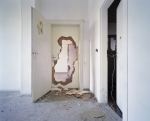
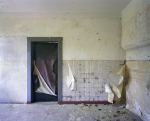
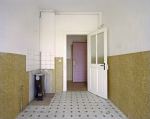
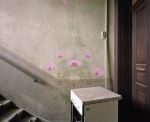
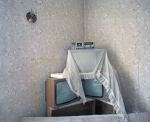
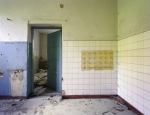
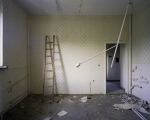

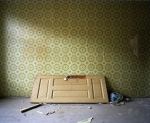

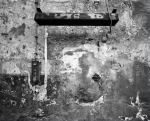
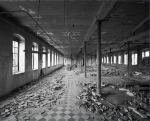
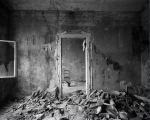
Leave a comment